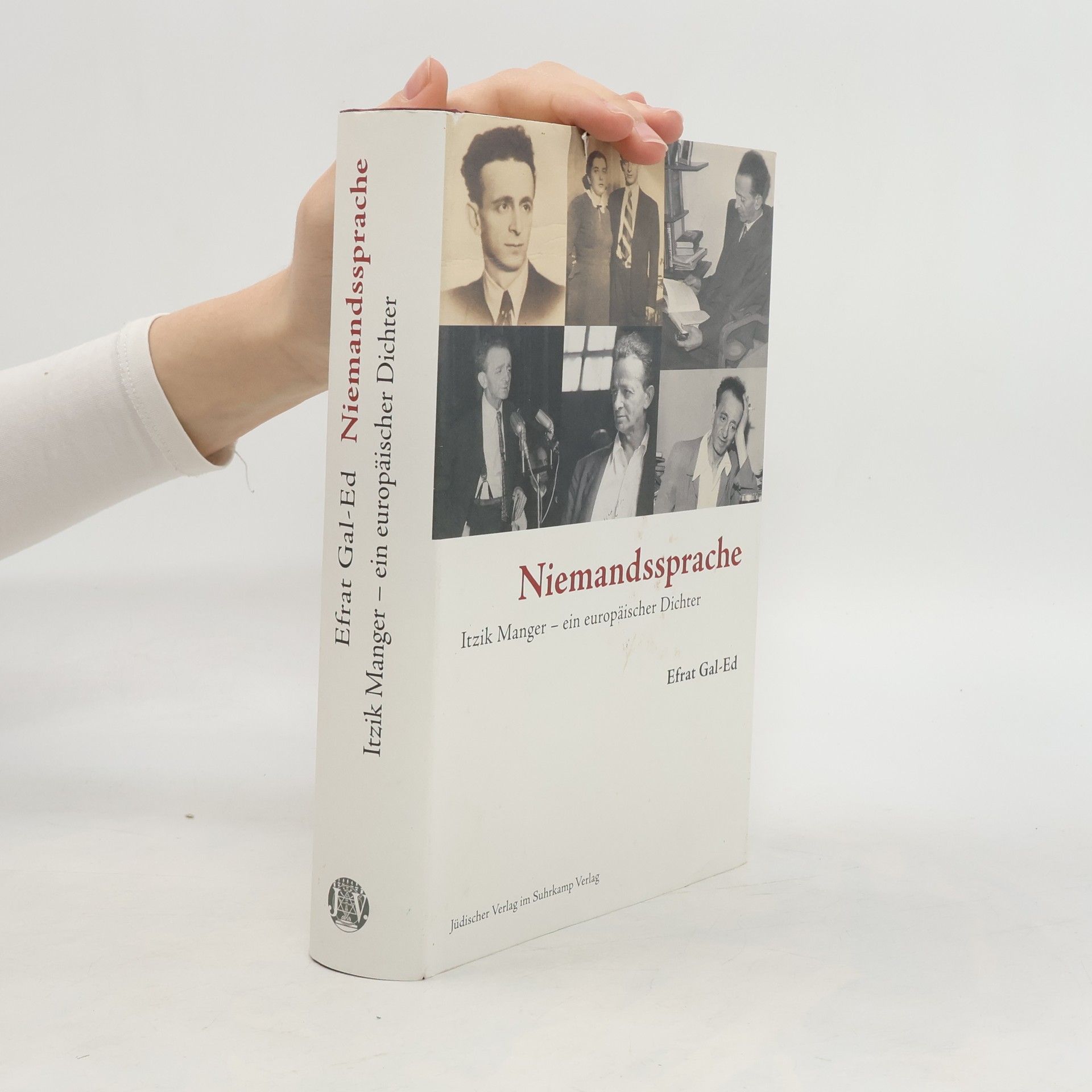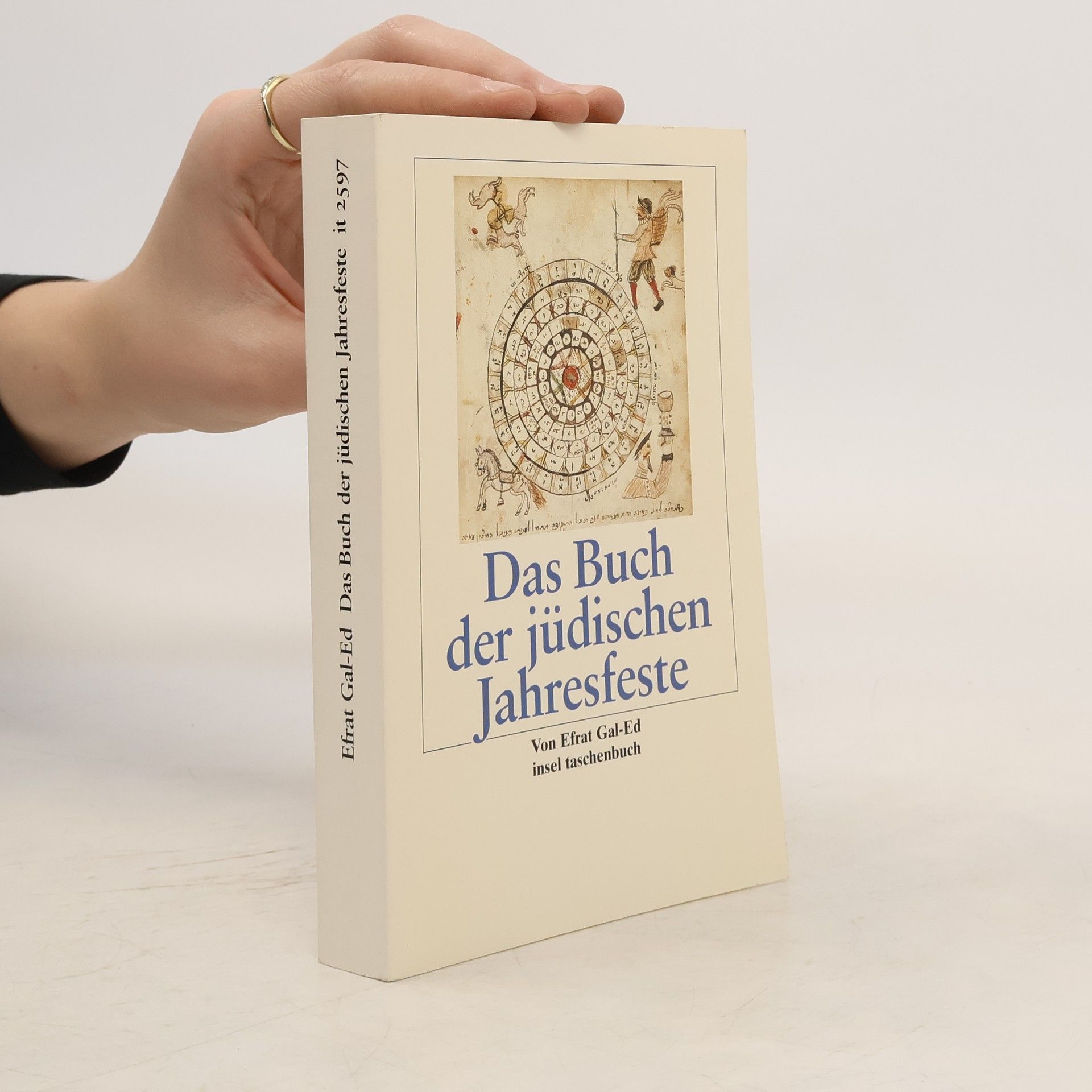From the second half of the nineteenth century through to World War II, Eastern Europe, especially the territories that formerly made up the Pale of Settlement in the Tsarist Empire, witnessed a Jewish cultural flowering that went hand-in-hand with a multifaceted literary productivity in the Hebrew and Yiddish languages. Accompanied and sometimes directly affected by the dramatic political ruptures of the era, many authors experimented with various modernist poetics in the context of a culturally and literarily closely interwoven milieu. This beautifully illustrated catalogue presents for the first time some of the key figures of the era, including in each case a portrait of the author and a close reading of selected texts, including Yosef Ḥayim Brenner, Leah Goldberg, Moyshe Kulbak, and Deborah Vogel. Of particular interest here is the productive entanglement of cultures and literatures, of cultural contact and transfer, and the significance of space and place for the development of modern Jewish literatures.
Efrat Gal Ed Libri



Das Buch der jüdischen Jahresfeste
- 411pagine
- 15 ore di lettura
Die Biographie eines der größten Dichter jiddischer Sprache (weltweit die erste umfassende überhaupt) ist nach Inhalt und Form außergewöhnlich. Die Lebensgeschichte des Itzik Manger (1901 – 1969) wird verschränkt mit einer lebendigen Schilderung der jiddisch-säkularen Kultur Osteuropas zwischen den Weltkriegen. Und passend orientiert sich die Texteinrichtung durch die Autorin an der Seitengestaltung des Talmud: mit erzählendem Haupttext, Abbildungen und erläuternden Seitentexten. „In Mangers Lebens- und Schaffensgeschichte verkörpern sich Entwicklung und Reichtum der jiddischen Kultur bis 1939, ihre Zerstörung und der tragische Bruch, den die Shoah hinterlassen hat. Mangers Werk entspringt dem jüdischen Osteuropa mit seinen rumänischen, galizischen, polnischen und baltischen Landschaften, in denen seit der zweiten Hälfte des 19. Jahrhunderts eine jiddisch-säkulare Kultur sich rasch entfaltete … Itzik Manger zog es, wie die meisten seiner Kollegen, nach Warschau, weil man dort auf unterschiedlichste Weise jiddisch denken, leben und schöpferisch tätig sein konnte. Sie dachten Europa jenseits des Gegensatzes von Eigenkultur und Fremdkultur … Im zunehmend nationalistischen und antisemitischen Polen war das jiddische Europa ein kosmopolitischer Entwurf, ein imaginierter, herbeigeschriebener Ort, an dem jiddisches Leben beheimatet war.“